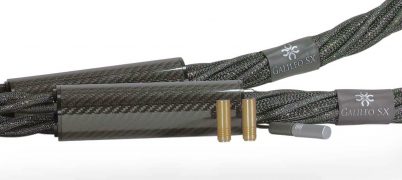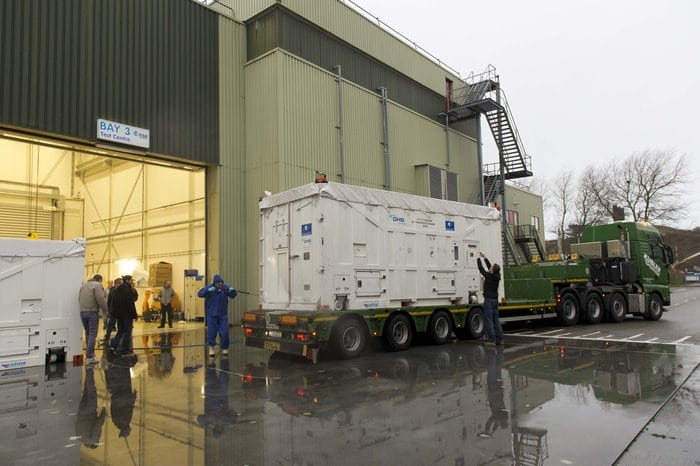

To cite this article: Fienitz T, Schwarz F, Ritter L, Dreiseidler T, Becker J, Rothamel D. Moreover, a safe assessment of the success of the GBR technique is not possible after the application of a radiopaque bone substitute material.


Conclusion: The evaluation of peri‐implant bone defect regeneration by means of CBCT is not accurate for sites providing a BW of <0.5 mm. Additionally, it was found that a minimum buccal BW of 0.5 mm was necessary for the detection of bone in radiology. However, a radiological discrimination between original bone, integrated and non‐integrated bone substitute material was not reliable. Results: Non‐augmented control sites providing a horizontal bone width (BW) of0.5 mm (0.7 ± 0.7 mm) (P0.5 mm (0.82 ± 1.07) (P>0.05, Mann–Whitney U‐test). Radiological evaluation was performed using CBCT and compared with histomorphometrical measurements of the respective site serving as a validation method. Defects of one side were augmented following the principle of GBR, while the other side was left untreated. Material and methods: Titanium implants were inserted into standardized box‐shaped defects in the mandible of 12 foxhounds. Objective: To assess the accuracy of cone‐beam computed tomography (CBCT) in terms of buccal bone‐wall configuration and peri‐implant bone defect regeneration after guided bone regeneration (GBR). Accuracy of cone beam computed tomography in assessing peri‐implant bone defect regeneration: a histologically controlled study in dogs Accuracy of cone beam computed tomography in assessing peri‐implant bone defect regeneration: a.įienitz, Tim Schwarz, Frank Ritter, Lutz Dreiseidler, Timo Becker, Juergen Rothamel, Daniel


 0 kommentar(er)
0 kommentar(er)
